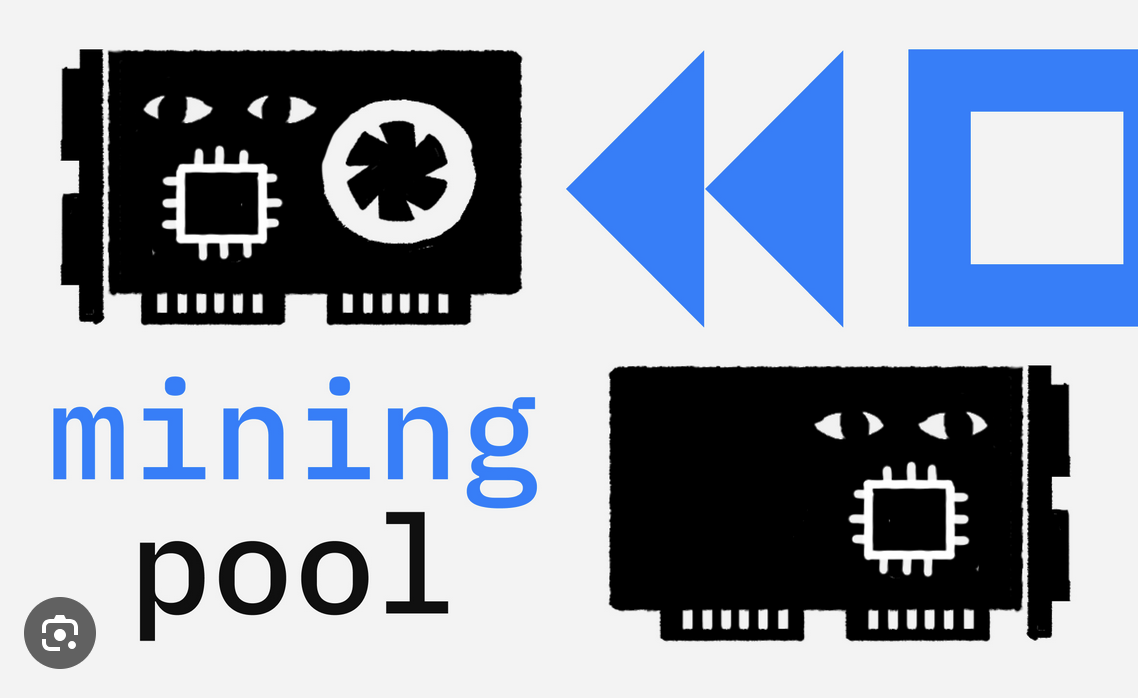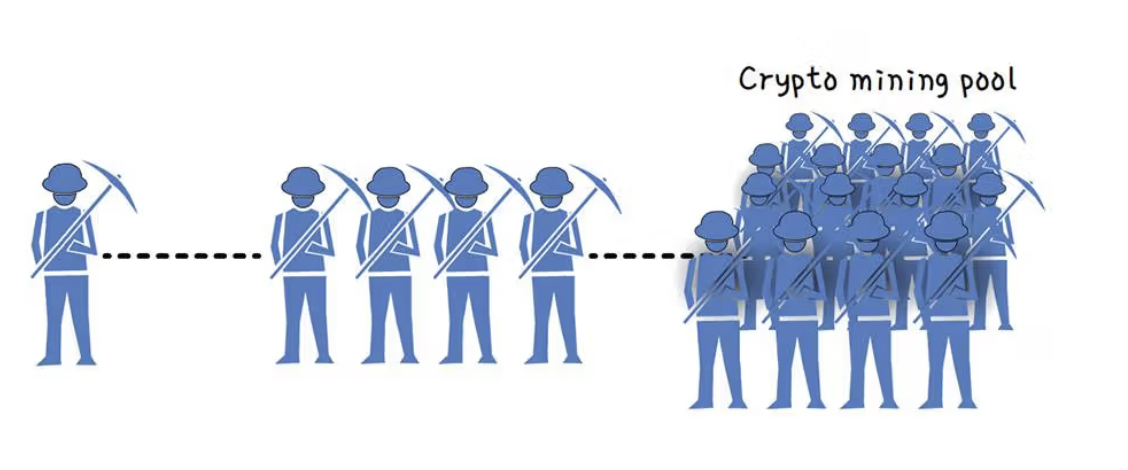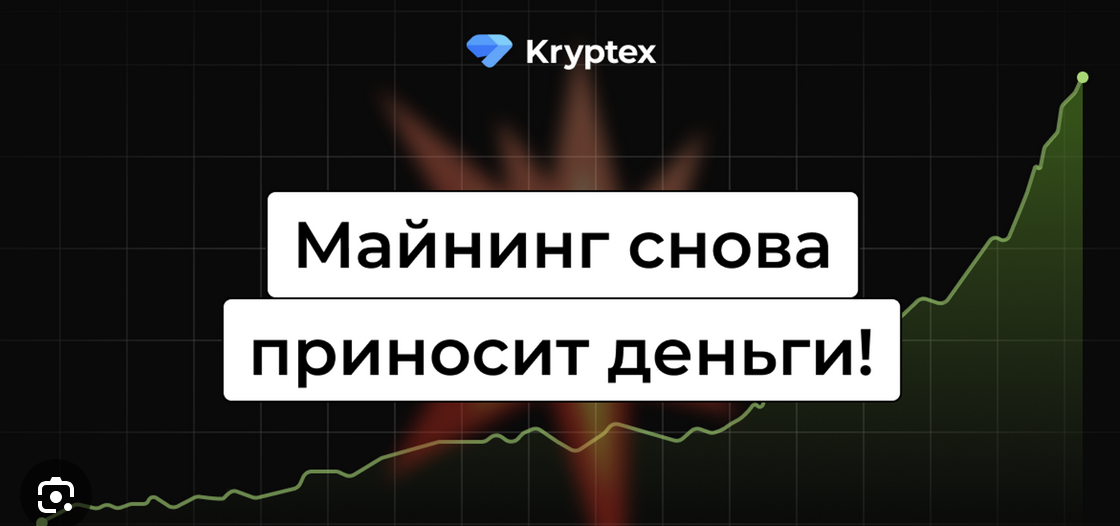
With the advent of Bitcoin in 2009, one of the first professions in the cryptocurrency sphere emerged — mining. At the initial stage of blockchain development, any computer owner could become a miner, but over time, mining cryptocurrencies became more difficult, and it requires significant computing power. Therefore, individual mining, even with the use of powerful equipment, became unpromising for most users.
To solve this problem, mining pools were created — associations of miners who jointly search for blocks and distribute rewards in accordance with the contribution made. In this article, we will consider how mining pools work, what reward distribution models they use, as well as the advantages and disadvantages of participating in them.
What is a mining pool?
A mining pool is a group of miners working together to find the cryptographic solutions needed to add new blocks to the blockchain. The pool acts as a server to which users connect their devices to increase the likelihood of receiving a reward. The main function of the pool is to manage the process and distribute profits between participants depending on their contribution to the common cause.
Mining pools were created to compensate for the randomness of block mining and eliminate inequality between large and small market participants, ensuring a stable income for all miners. This is especially true in today's times, when mining requires significant investments in equipment and energy. It is important to note that although mining is most often associated with Bitcoin mining, the process applies to all cryptocurrencies with a Proof-of-Work (PoW) consensus algorithm.

How do mining pools work?
The process of mining cryptocurrencies through a pool involves synchronous calculations to create new blocks using the equipment of many miners. The pool helps distribute the load between participants and increase the chances of receiving a reward. This process consists of several stages.
- Joining the pool: Each participant installs special software to synchronize their device with the pool server. Mining hardware can range from graphics processing units (GPUs) to specialized ASIC devices that provide high performance.
- Receiving a task: The pool software automatically creates and distributes tasks among miners. Each task is a search for a hash that meets the conditions of the current block. The algorithm distributes tasks in such a way as to avoid duplication and maximize work efficiency. The more computing power a miner provides, the more calculations it can perform.
- Executing a task: Participants complete the received tasks by trying different combinations of hashes and sending the results to the pool server. When a miner finds the correct hash that meets the requirements of a block, transactions are added to the blockchain, and the server registers the successful completion of the task.
- Reward distribution: After a block is successfully added, the pool receives the reward and distributes it among the participants. The share of the reward depends on the contribution of each user and is calculated based on a certain model.
ТPools thus reduce competition by allowing miners who compete with each other to work toward a common goal. This ensures profits even for those with low-power hardware, but participants lose the chance to receive the full block reward as they would if they were mining on their own.
What types of mining pools are there?
The classification of mining pools is based on different criteria. Each type of pool has its own characteristics, suitable for certain earning strategies and types of equipment.
Pools by management type:
- Centralized pools: The pool is controlled by an administrator or special software. The administrator distributes tasks, monitors the performance of participants, and makes payments. Such pools are easy to use, but require trust in the administrator. Examples of centralized pools: AntPool and F2Pool.
- Peer-to-peer (P2P) pools: These pools do not have an administrator, since tasks and rewards are distributed automatically using smart contracts and other decentralized solutions. This reduces the risk of fraud, but setting up such pools is more difficult and requires active participation of miners. An example of a peer-to-peer pool is P2Pool.
Pools by number of supported cryptocurrencies:
- Single-currency pools: Single-currency pools specialize in mining one cryptocurrency and are optimized for a specific hashing algorithm, which increases efficiency based on the equipment and clients used. An example of such a pool is Braiins Pool, which only works with Bitcoin.
- Multi-currency pools: Multi-pools support several cryptocurrencies, which allows participants to choose the most profitable currency depending on its profitability and mining difficulty. However, it is worth considering that the efficiency of equipment may differ for different hashing algorithms in different networks. An example of a multi-currency pool is NiceHash, which automatically determines the most profitable coin for mining.
Pools by reward distribution model:
Types of payouts in mining pools:
- Pay-Per-Share (PPS): miners receive a fixed payout for each completed task, regardless of the success of the pool. This reduces the risks for participants and ensures a stable income.
- Proportional: rewards are distributed proportionally to the provided processing power after finding a block. More power - more reward.
- Pay-Per-Last-N-Shares (PPLNS): rewards are paid based on the calculations performed before finding a block. This incentivizes long-term participation in the pool.
- Full Pay-Per-Share (FPPS): an extended version of PPS, where participants receive a share of the block reward and transaction fees.
- Double Geometric Method (DGM) или Pay-Per-Share-Plus (PPS+): комбинированная модель, где часть выплаты зависит от выполненной работы, а другая часть — от результатов майнинга. Это снижает риски для пула.
The choice of the optimal pool type depends on the miner's goals and priorities: income stability, availability of cryptocurrencies, lack of trust, and other factors. Also, different pools may charge different fees, which affects the user's financial result.
Pros and cons of using mining pools:
Positive points:
- Pools provide stability of payments and predictable income due to regular payments based on the capacity of the equipment, which is especially important in conditions of increased complexity and competition. Independent mining can be less reliable for low-power devices.
- Mining pools simplify the process of cryptocurrency mining by providing access to ready-made solutions for connection and management. Administrators take on the distribution of tasks and payments, which makes it easier for beginners to start.
- Pools are effective even when using medium and low-performance equipment, providing access to mining for a wide range of users.
Negative points:
- Participation fees: Operators charge a percentage of the participants’ profits (usually between 1% and 3%). Fees can significantly reduce your bottom line, especially when you factor in the costs of electricity and equipment maintenance.
- Impact on governance: In centralized pools, participants depend on the stability of the pool software and the honesty of the management. Decentralized peer-to-peer pools like P2Pool offer an alternative with decentralized governance, but require more skill from participants to set up and maintain.
- Uneven distribution of rewards: In PPLNS and Proportional systems, more powerful hardware receives a larger share of the rewards, even if it is not 100% utilized. This can reduce the incentive for miners with less powerful hardware.
Solo Mining: Solo miners retain the theoretical ability to mine a block on their own and claim the entire reward. Participating in a pool makes this impossible, as even if a miner finds a hash, the reward they earn will be split between all participants.
However, using mining pools also comes with certain risks associated with centralization. For example, the two largest pools, Foundry Digital and AntPool, control more than half of the total Bitcoin hashrate, which could lead to a potential 51% attack or network outage if these pools are taken down. Miners should carefully weigh the pros and cons to choose the best mining method for their goals, capabilities, and hardware specifications.
How to start working with a mining pool? Basic steps:
One of the main advantages of a mining pool is the simplicity and accessibility of participation compared to setting up equipment yourself. To join a pool, you need to do several things:
- Choose a suitable pool, taking into account the commission, reward distribution model, supported cryptocurrencies and reputation.
- Prepare equipment: ASIC miners, GPU devices, CPU solutions. Provide a stable Internet connection and power source.
- Install the software and specify the pool address and authorization data.
- Register on the pool website and set up an account, specifying worker nodes to track the contribution and correct distribution of rewards.
- Start mining and monitor the performance and stability of the connection. Many pools provide web interfaces for monitoring the efficiency and amount of rewards.
- Accrued rewards will be credited to the internal balance of the pool. You can set the withdrawal threshold and connect an external wallet for automatic transfer of funds.
List of the most popular pools at the moment:
We provide you with a list of the most popular cryptocurrency mining pools for 2024, both for one and for many different cryptocurrencies:
A large list of other pools for the cryptocurrency you are interested in can be found on the service https://miningpoolstats.stream/. If you do not want to understand how to work with mining pools and how to set them up, you can use the Kryptex.com project. This convenient service will allow you to start mining cryptocurrency on your computer, server or mining rig in just a few clicks without any additional knowledge. In addition, the service provides convenient payments of mining rewards directly to your card of any Russian bank, and also provides convenient statistics.

Results:
In 2024, mining pools play a key role in cryptocurrency mining, allowing participants to combine their efforts and increase their chances of winning a reward. Pools make the process more stable and efficient, especially for those who do not have powerful equipment or significant investments.
Pools provide a convenient way to participate and reduce the risks associated with market fluctuations and random block search results. However, it is necessary to consider fees, reward distribution systems, and operator reliability, as these factors directly affect profits.
As a result, mining pools are an optimal solution for both beginners and experienced miners, lowering the entry threshold for the former and providing financial stability for the latter.









